The best graphics card in 2023: Nvidia, AMD & more
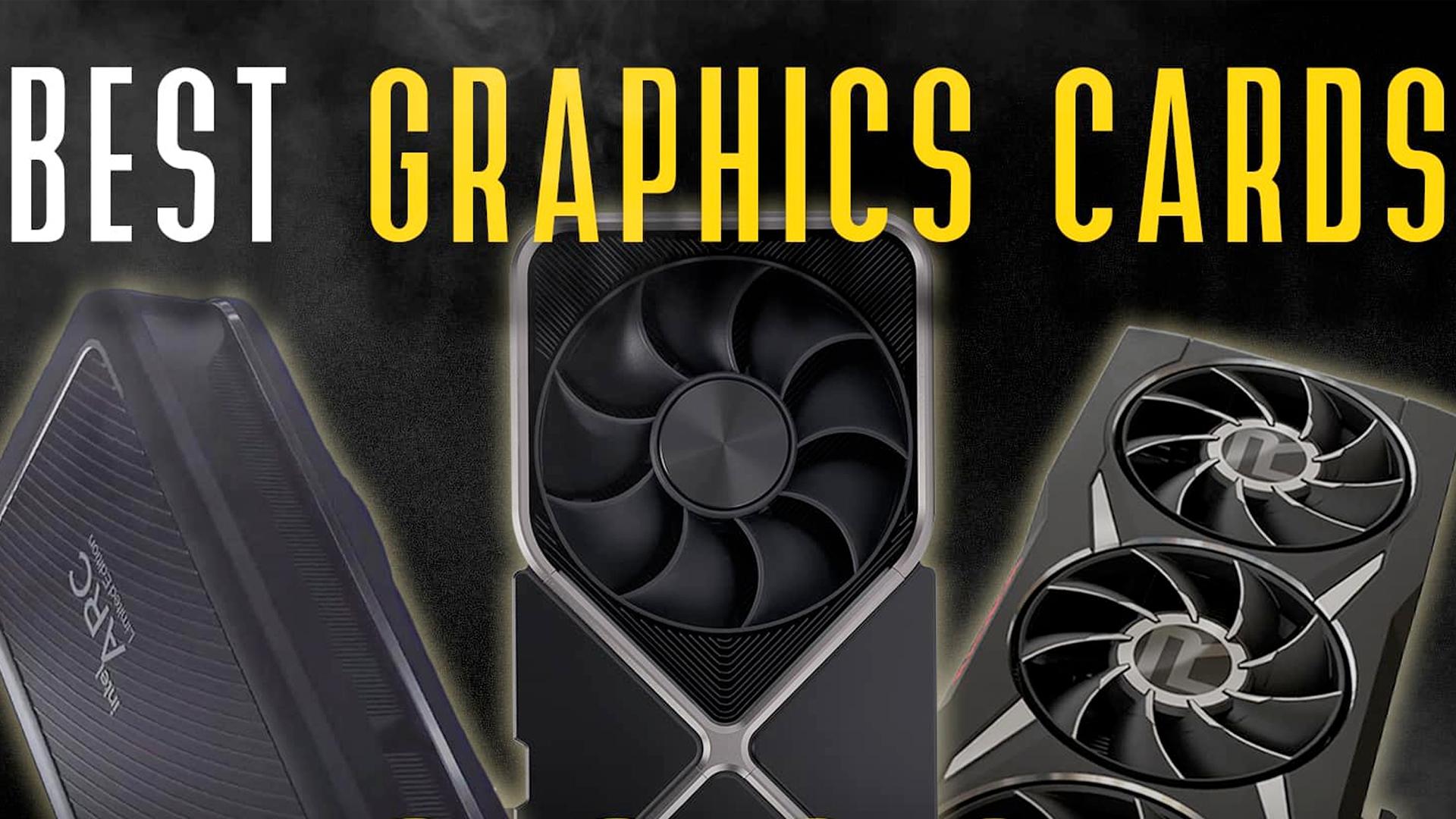
We are halfway through 2023, and a bunch of new GPUs have already been introduced to the market, but which one is the best graphics card in 2023? Let’s dive deep without getting tangled in the specs.
Looking to pick the best graphics card this 2023? Look no further. Selecting the right GPU nowadays feels like threading a needle, with a plethora of variants available at significantly diverse price points. In the battlefield of AMD and Nvidia, picking the perfect choice for your needs could feel like a quest in itself.
Remember, a graphics card is the beating heart of any PC build and a perpetually hot topic in tech circles. From the monster that is the 4090, scaling all the way down to budget-friendly warriors, the struggle to crown the right GPU for you can be a struggle.
The best solution, however, is to identify your goal behind building a PC. Are you aiming to conquer an array of gaming universes? Dedicating yourself to esports? Or perhaps, you’re a content maestro craving that extra horsepower. Whatever your use-cases, we’ve tested out the crème de la crème of GPUs available in 2023.
Contents
The best graphics cards
- Best budget graphics card
- Best graphics card under $600
- Best graphics card under $700
- Best premium graphics card
- Best graphics card for 1080p gaming
- Best graphics card for 4K gaming
- Best graphics card for esports gaming
- Best graphics card for content creation
GPU FAQs
- Do you need a GPU?
- AMD vs Nvidia
- What is supersampling?: DLSS vs FSR
- What are Founders Edition Nvidia graphics cards?
- Intel Arc – is it going to be worth it?
- What is Ray Tracing?
- Do I need an RTX graphics card for Ray Tracing?
The best budget graphics card: Nvidia RTX 3060 Ti
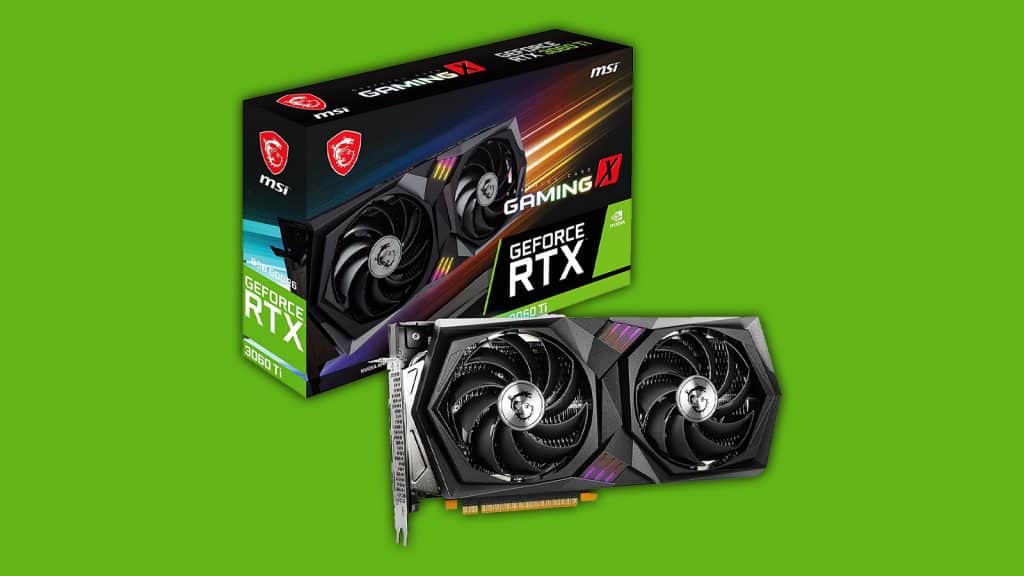 MSI
MSIAs of right now, the Nvidia RTX 3060 Ti is the best budget graphics card on the market. It provides solid, 1080p performance and even eke out 1440p in certain games, too. The package, including all the software additions that come with the card; DLSS, Nvidia Broadcast, and GeForce Experience are all great – which gives it incredible value, especially if you’re managing work and play on the same machine. It’s a slightly upgraded version of the highly popular RTX 3060.
At 1080p for your traditional, AAA titles, you can expect an average of 60FPS in most games. If you have a high refresh rate monitor, you can fully expect to hit 144Hz or more on the GPU on esports titles.
The 3060 Ti also now comes in smaller sizes that make it ideal for an ITX or small-form-factor build.
In the content creation space: Don’t expect the best performance outside of 1080p video editing. DaVinci Resolve and Premiere Pro are hungry beasts that aren’t particularly well-optimized on PC.
Alternate pick: AMD RX 6600 XT
If you’re after some other options, you should consider AMD’s RX 6600 XT, a cheaper alternative to the RTX 3060 Ti. It’ll get you solid 1080p performance and while it won’t do as well as the 3060 Ti, it’s far cheaper.
The best graphics card under $600: Nvidia RTX 4070
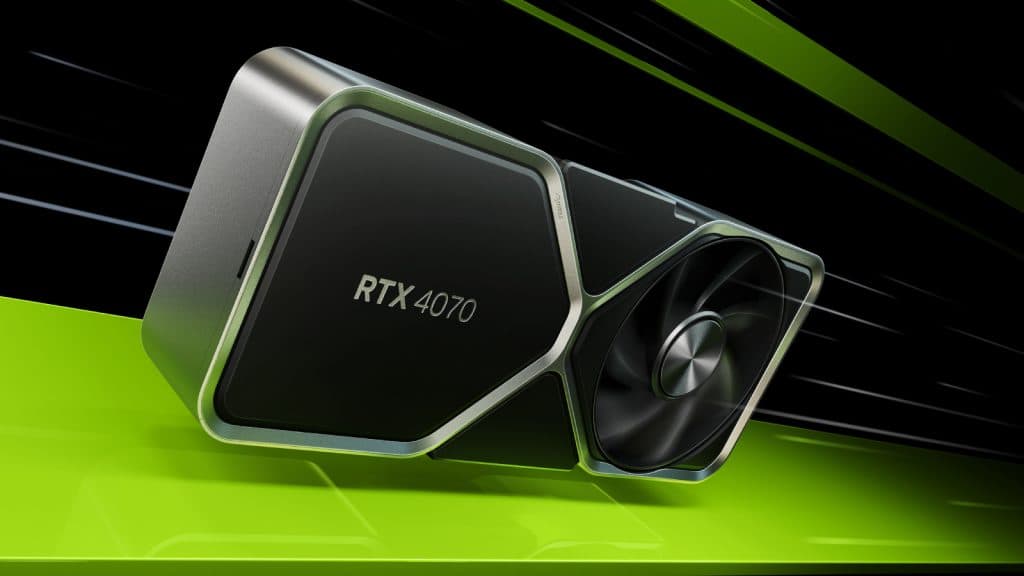 Nvidia
NvidiaThe RTX 4070 Ti might be out already, but at an eye-watering $799, and prices going all the way up to the near-$1000 range, the GPU is just too expensive to recommend to most people.
Instead, we’re going to say look for a reasonably priced 4070. With the equivalent power of a 3080, but with DLSS 3 on its side, the 4070 has slowly started to become the best option from the 40 series so far.
The 4070 offers so much performance at this price point. It hits the 1440p sweet spot, with the best of both worlds – the high refresh rates and gorgeous quality – being on offer here. It’s literally a “have the cake and eat it” scenario.
The best graphics card under $700: Nvidia RTX 3070 Ti
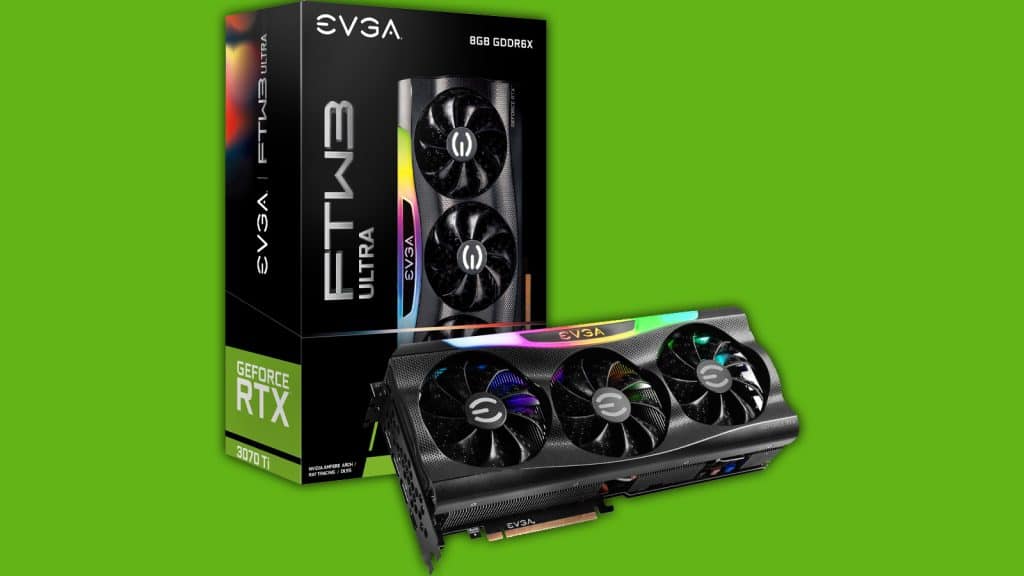 EVGA
EVGANvidia’s 3070 Ti MSRPs for $599. It is incredible. It’s a powerhouse at 1080p and 1440p, with some tweaks needed to get similar performance at 4K, you’ll be hanging onto this powerful card for a long, long time.
The 3070 Ti is also a great option not only for gaming but content creation as well. Video editors and photographers will love the accelerated boost that comes with Nvidia’s CUDA cores and those in the 3D modeling space will also get their money’s worth.
On average, you’re looking at Ultra settings for 1080p, a high refresh rate, with similar performance in 1440p titles. 4K performance is aided by DLSSS to help some framerates along, too.
The best premium graphics card: Nvidia RTX 4090
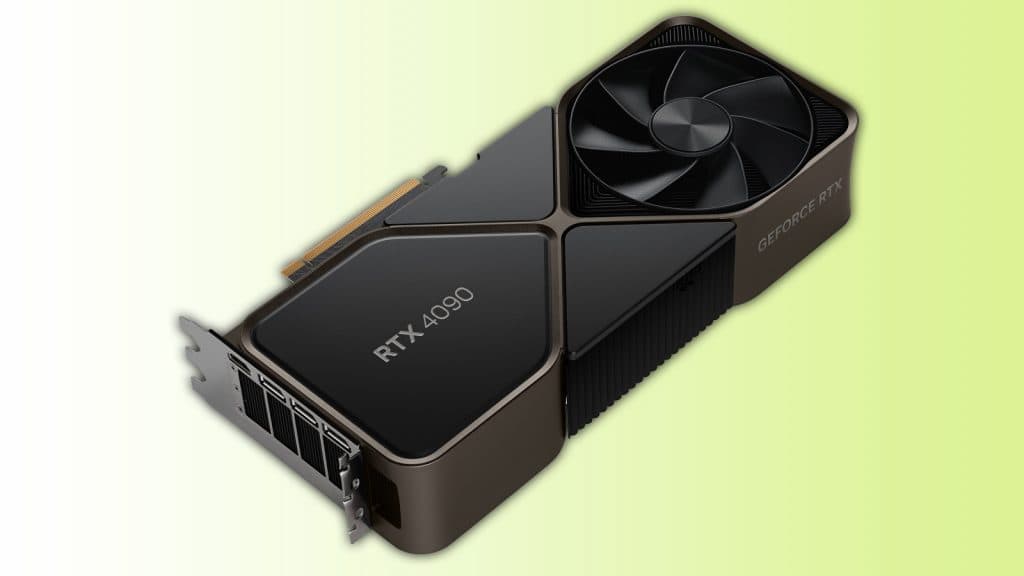
There’s nothing that comes close to the RTX 4090 right now. If you want premium in just about anything you plan to do, you want an RTX 4090. Gaming at 4K, with full ray tracing? A 4090. Content creation? That’s right, a 4090.
It’s absurdly powerful, decimating any graphs being used right now as it changes the game. If you’re someone deep in the dirt with the rest of us, the 4090 is one of those GPUs that will be mentioned for the foreseeable future.
Yes, it sits among the greatest PC parts to grace the world, as it provides that proper jump into the next generation that the 30-series failed to live up to. Things like the Intel i5-2500K, GeForce 8800, Voodoo cards and more fully changed how computing will be looked at going forward.
This is the card you go for when you want performance over everything.
The best graphics card for 1080p gaming: RTX 3060
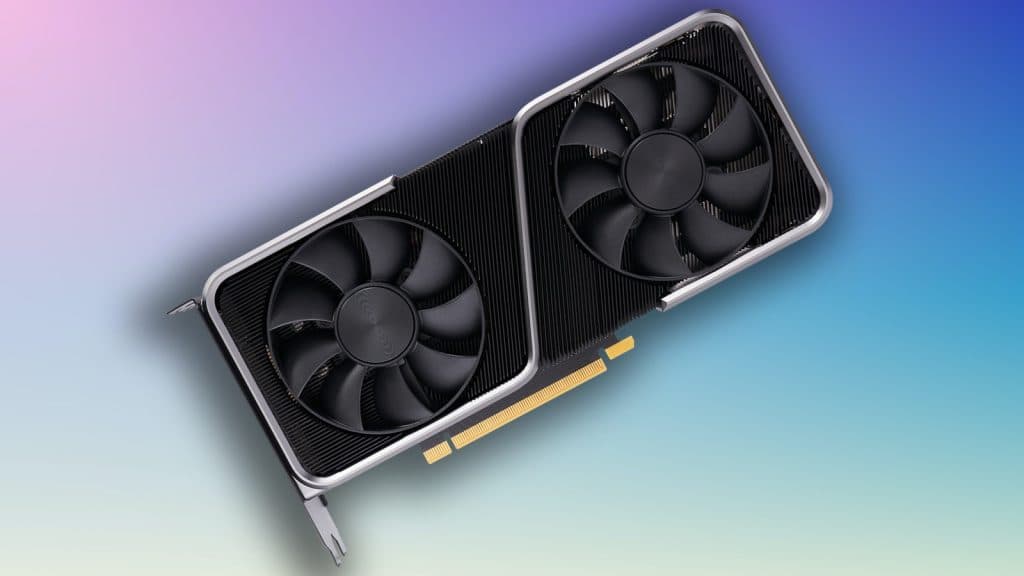 Dexerto
Dexerto We’ve already discussed the 3060 Ti in lengthy detail, but for just your regular 1080p gaming purposes, you’ll find the 3060 to be just the right addition to your machine. You’re getting the full slew of features found on the Ti model but with a little less power behind it. This means you’ll find it much cheaper in the long run.
AMD’s lineup might pale in comparison in regards to overall features, but they have the 1080p gaming market on lockdown. Yes, Nvidia does things better and has better software, as well as overall support, but AMD’s massive lineup of cards can help you cut costs and not have to sacrifice all that much.
The RX 6600 XT is a great alternative to the 3060 and can be found for a couple of hundred dollars less in some cases.
The best graphics card for 4K gaming: RTX 4090
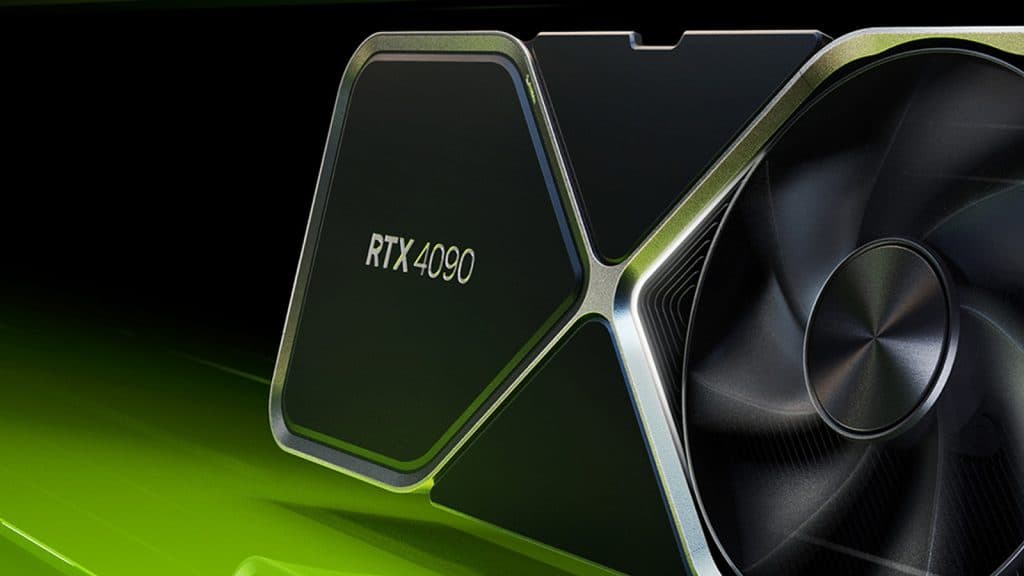
At some point, we’d be recommending the 3080 Ti here. With prices dropping, we’d still probably recommend grabbing a unit if you don’t want to do a full overhaul. However, the 4090 is now the top dog for gaming.
In our current testing, we’ve found the 4090 has managed to play Cyberpunk 2077 at 4K, full ray tracing over 100FPS. No other cards do it better than Nvidia in this regard, which is why you don’t see an AMD alternative here.
Where to buy the Nvidia RTX 4090
The best GPU for esports: RTX 3060 Ti
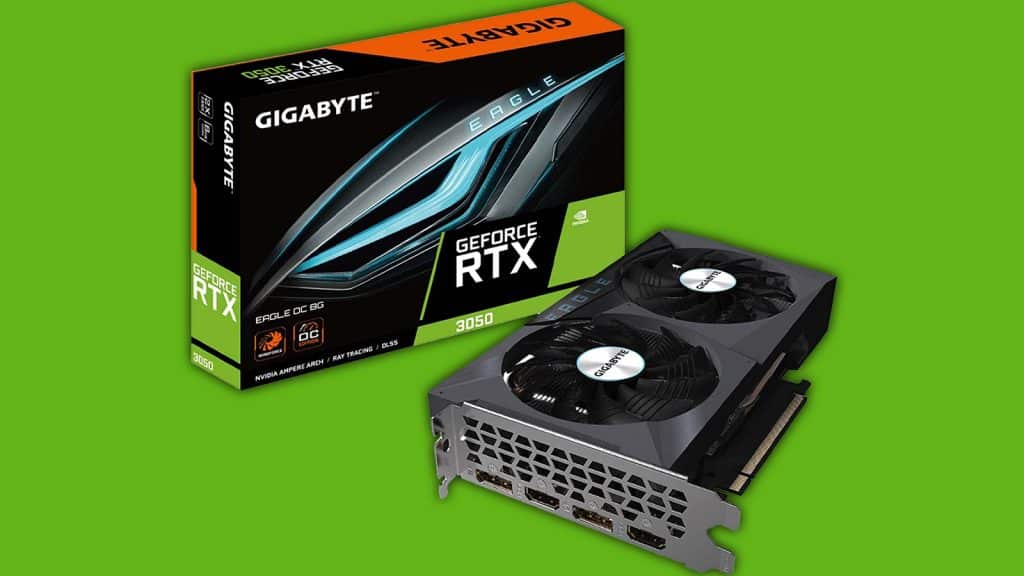 Gigabyte
GigabyteYou will easily be able to manage esports gaming on the RTX 3060 Ti. The neat thing about esports gaming, so things along the lines of Counter-Strike or Valorant, is that there’s no real need to go overboard when choosing a graphics card. A lot of these games are designed to hit as many PCs as possible, meaning that some players could swing by on an APU alone.
For those that take things seriously though, it’s recommended you seek out a high refresh rate monitor, too. If you have no real intentions of playing above 1080p at 144Hz or above, and keep your games limited to esports or whatever is trending on Steam right now (V Rising, Escape From Tarkov), you should do just fine with an RTX 3060 Ti.
This should keep costs down, while still providing you with a good performance to play almost anything out there – if you ever decide to ditch de_dust2.
Best graphics card for content creators: RTX 4090
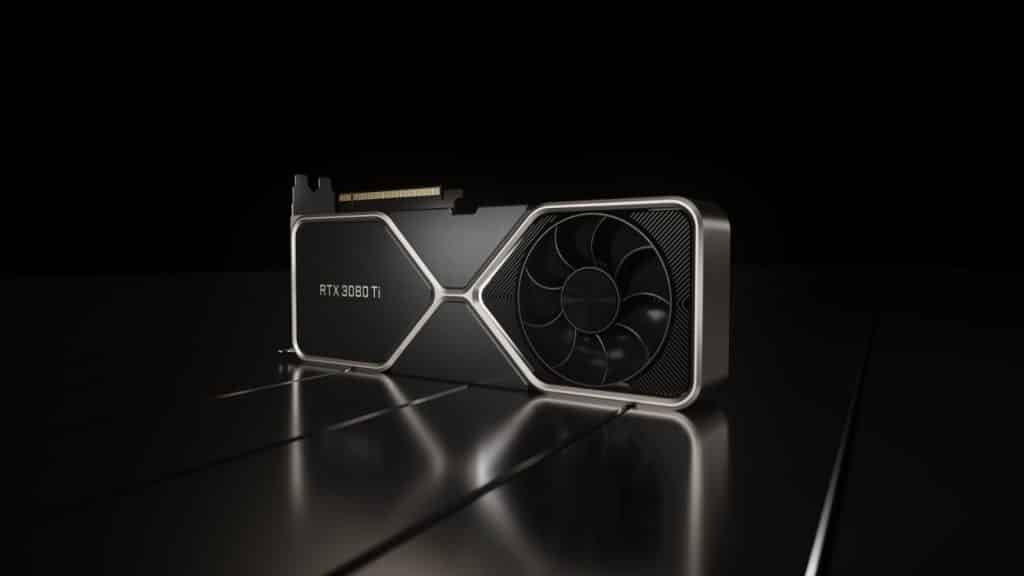 Nvidia
NvidiaIf you’re intending to game, make some content, and possibly stream, we’d recommend going for the 4090. However, this is if you’re deadly serious about your passions, as the 4090 is incredibly expensive.
While unnecessary for most gaming applications, the 4090 will rip through any rendering, 3D modeling, and other GPU-intensive tasks without so much as breaking a sweat.
The new software options included with the 4090 also make this an obvious choice. AV1 encoding allows streams to go out at higher quality, but lower bitrates.
Subscribe to our newsletter for the latest updates on Esports, Gaming and more.
What if you want to go to AMD? Well, Nvidia and AMD use similar tech in their GPUs, with Nvidia calling it ‘CUDA cores’ and AMD going with ‘Streaming cores’.
They work the same for the use case, but CUDA has more software support, with the NVENC encoder being an essential part of decoding real-time video for Team Green, giving them a natural advantage over any AMD card.
Do you need a GPU?
The short answer if you’re reading this page: yes.
The longer answer? It entirely depends on what you’re aiming to do. A dedicated graphics card will almost always improve everything you intend to do. From content creation to gaming, GPUs just take the stress off of your PC’s CPU to allow it to continue with its needed tasks.
However, some branches of the AMD and Intel CPU lines now actually perform great on their own, with the integrated GPU intended for things like office work and maybe light Photoshop.
Chips like the Ryzen 5600G and 5700G from AMD are recommended for those interested in building a budget build, as well as ideal for emulation and retro gaming.
While they won’t pull in impressive framerates, they should be able to see you through some very light 1080p gaming or some hardcore emulation.
AMD vs Nvidia
… and Intel
The AMD vs Nvidia conversation is always going to land on the point of ‘Nvidia is better’ and it’s true. There’s no doubt with everything that Nvidia brings to the table by using one of their GPUs in your laptop or rig, that you’re going to suffer or have to make sacrifices.
Things like Nvidia Broadcast, Omniverse, and the GeForce Experience with its built-in recording function and optimization for your games, as well as the ever-impressive DLSS, mean that Nvidia just outright offers a better deal on the graphics card front.
However, AMD’s cards offer something in that you’re going to wind up spending a lot less than initially expected in some aspects. Lower power consumption means less money spent on a power supply, and AMD is generally a touch cheaper, too.
Some of the recent AMD cards have even been outperforming the Nvidia equivalents, but again, it depends on what you really want from your PC.
What is supersampling?: DLSS vs FSR
Supersampling is the process of shrinking an image down to a lower resolution and then blowing it back up using algorithms from AI or machine learning. You’ll get silky smooth frames on even the toughest game to run on things like a 3050 Ti.
So, supersampling is a relatively new bullet point to discuss in terms of graphics cards. It’s really designed to stop the superseding nature of GPUs, where once the next couple of iterations are out, some graphics cards become, well, worthless.
To counteract this, Nvidia has DLSS – Deep Learning Super Sampling – and AMD has FSR – FidelityFX Super Resolution – both of which accomplish the same task but in different fashions.
The neat thing about FSR is that AMD has made it open source so any game can begin to integrate it. However, Nvidia has closed off DLSS by limiting it to their hardware, and even then, only for RTX cards.
FSR works on all GPUs that it supports, bringing new life into even older GTX cards that have become forgotten. DLSS works on RTX cards, from the 20-series onwards.
However, as mentioned, DLSS and FSR have to be integrated into the game by the developers. Though, as it has gone open source, it appears as though some developers are making programs to ensure it runs everywhere.
What are Founders Edition Nvidia graphics cards?
Founders Edition cards are the graphics cards that are manufactured by Nvidia themselves. They rarely come back in stock and often go for much more on the secondary market due to their complete ‘stock’ design.
These are the complete basis of every card that follows onwards, with all kinds of manufacturers developing their own version of each branch of the card.
Intel Arc – is it worth it?
As of right now, it appears Intel’s first crack at graphics cards isn’t going to live up to their own hype machine. Announced in 2021, Intel positioned itself as the third pillar in the graphic card industry and they kind of fluffed it.
However, Intel Arc shouldn’t be taken entirely as dead on arrival, as presumably, the next iteration will improve things. However, seeing as how much catching up it took AMD to have a remote inning at Nvidia’s prowess after losing all control in the late 2000s and early 2010s, don’t get your hopes up.
What is Ray Tracing?
Ray Tracing is a technology that’s been around for quite some time. It’s a method of calculating light in a 3D environment in a semi-natural way, that doesn’t require programmers and developers to ‘bake’ it in. This includes warping in things like glass, or even changing the color or size as it passes through things.
Whereas it has been used frequently in movies since around 2005, with Monsters University being the first to use it for everything, it wasn’t until the launch of RTX cards that ray tracing even began to function properly in real-time applications like video games.
Prior to things like Doom 3 and advancements in the Unreal Engine, games would have to ‘bake’ their lights. Games like Call of Duty, for instance, would simply have the lighting already built into the world with nothing that could change it.
Games with Ray Tracing now, such as Minecraft’s RTX version, can take a light source and bounce it around mathematically as close to realism as possible. So if you build a house with one block open for a window, the light will pour in and produce a natural light leak.
Do I need an RTX graphics card for Ray Tracing?
No, technically any graphics card supports Ray Tracing.
AMD has its own version of ‘RTX’, which is merely just branding. They just poorly advertise it and do a worse job, but the point is, no, you don’t need an RTX-branded card from Nvidia to do raytracing.
AMD graphics cards do a worse job in part because they utilize the same hardware cores that perform different tasks at the same time. Nvidia changed the name of their GPUs from GTX to RTX because of the switch in focus for the development of the 20 series onwards.
If you click on a product link on this page we may earn a small affiliate commission.